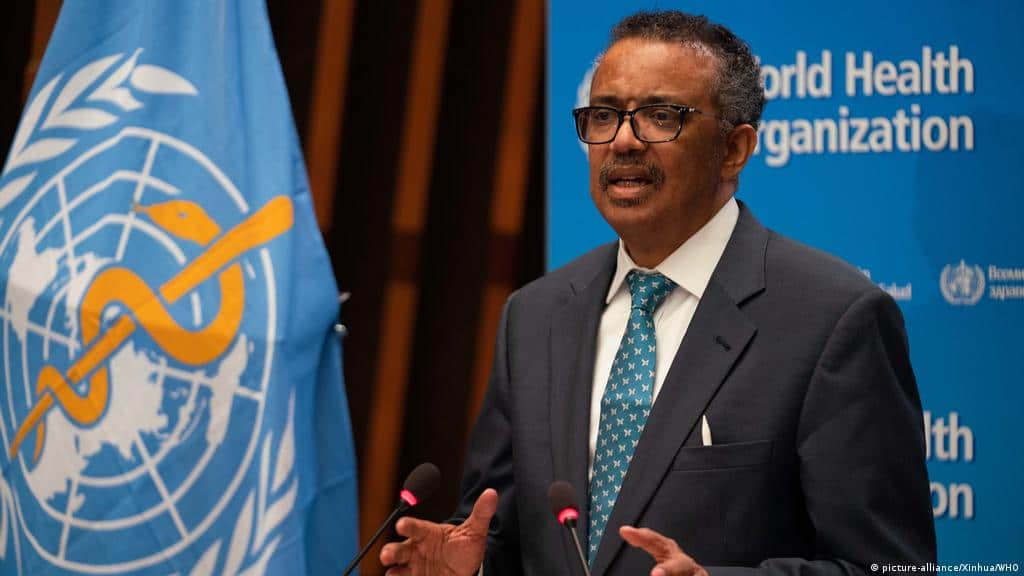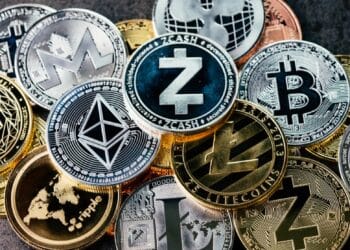The World Health Organisation flagged the widening gap of vaccine availability between the rich and the poor countries in its press release on Thursday. The release said that the data provided by WHO, the University of Oxford and the United Nations Development Programme (UNDP) shows that the COVID-19 vaccine inequity will have a long-lasting impact on global economic growth.
The lower-middle-income countries will share the impact if supply, and access to vaccines is not increased. It also asked to encourage dose sharing according to the available data to ensure equitable access for every country.
The global health organisation said that the time to share the vaccine doses with the weaker economies is now. The richer countries have managed to stimulate their economies by paying trillions. “An acceleration in scaling up manufacturing and sharing enough vaccine doses with low-income countries could have added $38 billion to their GDP forecast for 2021 if they had similar vaccination rates as high-income countries.
At a time when richer countries have paid trillions in stimulus to prop up flagging economies, now is the moment to ensure vaccine doses are shared quickly, all barriers to increasing vaccine manufacturing are removed, and financing support is secured, so vaccines are distributed equitably. A genuinely global economic recovery can take place,” it said.

The Global Dashboard for COVID-19 Vaccine Equity, formed by the UNDP, WHO and the Blavatnik School of Government (University of Oxford), gave insights into the socio-economic data driven by global vaccination.
The UNDP Administrator Achim Steiner said that the low immunisation in low- and middle-income countries, with only 1 per cent population vaccinated, is pitching to a two-track recovery.
“It’s time for swift, collective action – this new COVID-19 Vaccine Equity Dashboard will provide Governments, policymakers and international organisations with unique insights to accelerate the global delivery of vaccines and mitigate the devastating socio-economic impacts of the pandemic,” he said.
The global public health leadership also pointed out the per capita GDP growth rates provided by the World Economic Outlook. “Richer countries are projected to vaccinate quicker and recover economically quicker from COVID-19, while poorer countries haven’t even been able to vaccinate their health workers and most at-risk population and may not achieve pre-COVID-19 levels of growth until 2024.”
The extent of inequity, the stockpiling of unused vaccine doses, and the lack of a feasible plan for ensuring global vaccine equity widened the gap between immunisation of populations in rich and poor countries.
The press release mentioned the Covid-19 variants dominant in countries, forcing them to re-establish local lockdowns and strict public health rules. This, in turn, is taking a toll on the economic, social and health aspects of the vulnerable population. “Vaccine inequity threatens all countries and risks reversing hard-won progress on the Sustainable Development Goals,” it said.
The Dashboard is backed up by the data provided by various sources such as IMF, World Bank, UNICEF and Gavi, which is working on the Sustainable Development Goal 3: Global Action Plan for Healthy Lives and Well-being for All (GAP).
Also checkout: American Child Tax Credit
















